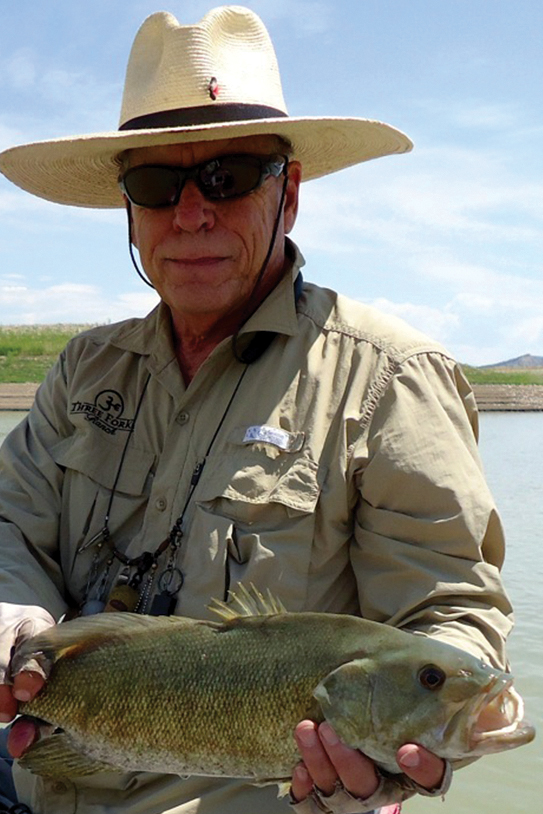Recently, I had an inordinate amount of free time on my hands and got involved in a scientific experiment. I was trying to find out if my eyelids leaked light. For the experiment I placed myself in different areas of the den, in different positions, closed my eyes from 30 to 60 minutes, then made notes if light appeared. I’m still working on the experiment. In between experiment times I had an inquisitive thought about fly-fishing. I began to wonder how did the Quill Gordon get its name?
To solve that question I turned to one of the research books in my library, Fishless Days, Angling Nights by Sparse Grey Hackle, a.k.a. Alfred W. Miller. Truly, I really wasn’t researching the question; it just makes me sound scholarly. I was in fact reading this book to help my experiment along. It is a pretty boring book. However, I discovered that a man named Theodore Gordon invented the Quill Gordon. I also found out that Theodore Gordon came to be regarded as the father of dry-fly angling in America. Wow, a twofer. So instead of continuing my scientific experiment, I set out to find some information about the father of dry-fly angling in America, and inventor of the Quill Gordon.
I discovered that Theodore Gordon was a writer and innovative dry fly tyer who lived in the Catskills of New York State from the late 1800’s until his death in 1915. And, like many writers and innovators, is far more famous today than when he was alive. So, what makes him the father of dry-fly angling in America? Well, he wrote about it, and improved the dry flies of that era. While never publishing a book he did publish articles in the Fishing Gazette and Forest and Stream. He also published articles under the pseudonym Badger Hackle.
After reading about Theodore Gordon I have to surmise that what prompted his writing, and tying of dry flies, was his reading of the American Anglers Book by Thaddeus Norns, and his correspondence with British fly anglers Frederic Halford and G.E.M. Skues. Further, I assume that Theodore Gordon wasn’t enamored with the dry fly patterns available in the U.S. at that time. So he set out to produce dry flies that trout would eat and fly fishermen would use. Sparse Gray Hackle wrote, “Theodore paid very close attention to the quality of hooks and hackle and the shades of color used in his flies.” Because he used only top quality material, and having an eye for detail, Theodore Gordon’s flies became sought after. I think that paying that much attention to the detail of his tying, the finished product matched what was in the air as close to perfect as one could get. The book also made note that Mr. Gordon took hand tied flies to a different level. He tied without using a vise. I can’t imagine holding a hook between my thumb and trigger finger, then applying dubbing and hackle to it with the other hand. Have you ever tried to tie a fly using only one hand? Imagine tying enough flies to meet the demand for his flies in this manner.
Keep in mind he lived in a small rural area, at the turn of the century, so, high-powered mass advertising to promote his flies wasn’t available. His finished dry flies just worked so much better than anything on the market that when fly fishermen learned of his flies they beat a path to his door.
In this day and age of mass-produced flies tied in foreign countries, it is fun to know how things were done in days gone by.

